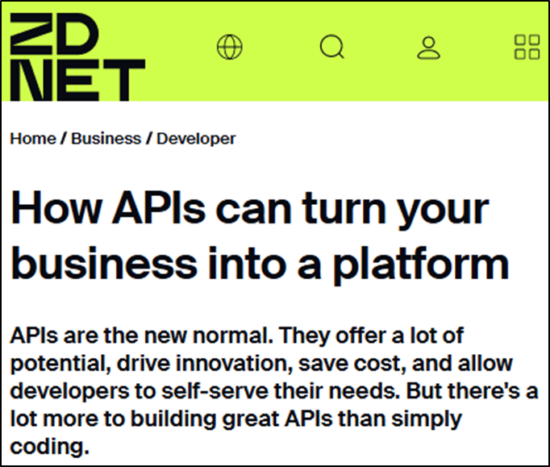Subscribe if you want to be notified of new blog posts. You will receive an email confirming your subscription.
The New Rules of Healthcare Platforms

The New Rules of Healthcare Platforms: Value Creation Shifts from Pipes to Platforms
by Vince Kuraitis and Randy Williams
Value for customers is created differently on platforms than by traditional product/service business models. Today we’ll present and discuss the metaphor of how traditional businesses can be thought of as “pipelines” and how these pipes differ from digital platforms.
A New Series
This post is the first in a new series: “The New Rules of Healthcare Platforms.” We’ll be writing about platform thinking, new mental models, and the new economics of platform business models and strategy. We’ll have at least seven posts to explain these new rules.
You’ll have some unlearning to do. We’ll illustrate how platform business models are fundamentally different than traditional product/service business models. To understand platforms, we need to change more than just our thinking—we need to learn new rules about how the digital world works and how platforms fit in.
From Pipes to Platforms
Traditional product or service businesses can be described as pipelines. Their value chains are linear—see the diagram below. Value is added at sequential stages before a final product or service is delivered to consumers at the end of the pipeline.


The New Rules of Healthcare Platforms: Pipe Scale vs. Platform Scale
Platform businesses scale differently than traditional businesses. Platforms scale through network effects.
In the previous post, we introduced and described a widely used metaphor: pipes vs. platforms.
- Traditional businesses are pipes. Their value chains are linear. Value is added at sequential stages before a final product or service is delivered to consumers at the end of the pipeline.
- Platforms do not produce goods or services themselves—they make connections among stakeholders and facilitate value exchange among those stakeholders. Value is created outside the platform.
Both pipeline businesses and platform businesses strive to achieve scale—but the type of scale they strive for is vastly different. In this post, we’ll explain how pipeline businesses strive for economies of scale (on the supply side) and how platform businesses scale through network effects (on the demand side).
Pipe Scale–Economies of Scale (Supply Side)
In the industrial economy, businesses scaled through traditional economies of scale–higher volumes of output lead to lower costs of production per unit.

The New Rules of Healthcare Platforms: Platform Thinking Expands from “Technology” to Business Model & Strategy
by Vince Kuraitis, JD/MBA and Randy Williams, MD
Today in healthcare, platforms are understood mostly as “technology”. That’s not wrong, but it’s limiting. We want to offer you a more expansive view of platforms, and in turn, understand platforms as being more than just technology.
This post is the third in our series on The New Rules of Healthcare Platforms. In this essay, we will:
- Explain why platform business models are NOT new
- Share a survey of health plan execs that documents a view of platforms as “technology”
- Explain how network effects are the North Star of platform business models and strategy
- Expand your view of platforms beyond just “technology”
Platform Businesses are Not New
Platforms facilitate connections.
While digital technologies have turbocharged platforms, platform business models are not new. Here are some examples:
- Bazaars, shopping malls, swap meets, auctions: connecting buyers and sellers
- Magazines, newspapers, broadcast TV, radio: connecting readers, viewers, and listeners with advertisers
- Credit cards: connecting retailers and cardholders
- Real estate multiple listing services: connecting sellers and brokers
- In healthcare, the National Resident Matching Program: connecting medical graduates with residency programs

The New Rules of Healthcare Platforms: APIs Enable the Platforming of Healthcare
by Vince Kuraitis, Brendan Keeler, and Jody Ranck
Recent regulations have mandated the use of HL7 FHIR APIs (application programming interfaces) to share health data. The regs apply to healthcare providers, payers, and technology developers who participate in federal programs. Many incumbent healthcare organizations are viewing these mandates as a compliance burden. That’s short-sighted. We recommend a more opportunistic POV.
APIs facilitate the sharing of health data across different devices and platforms. By adopting APIs, healthcare organizations can transform themselves from traditional service providers into powerful platforms that can connect patients, providers, and other stakeholders in new and innovative ways.
This blog post is the fourth in the series on The New Rules of Healthcare Platforms. In this essay, we explore the many benefits of API adoption for healthcare organizations and the key considerations that must be taken into account when implementing APIs:
- Healthcare’s Data Inflection Point
- APIs Enable Platform Business Models
- Barriers, Challenges, Reality Check